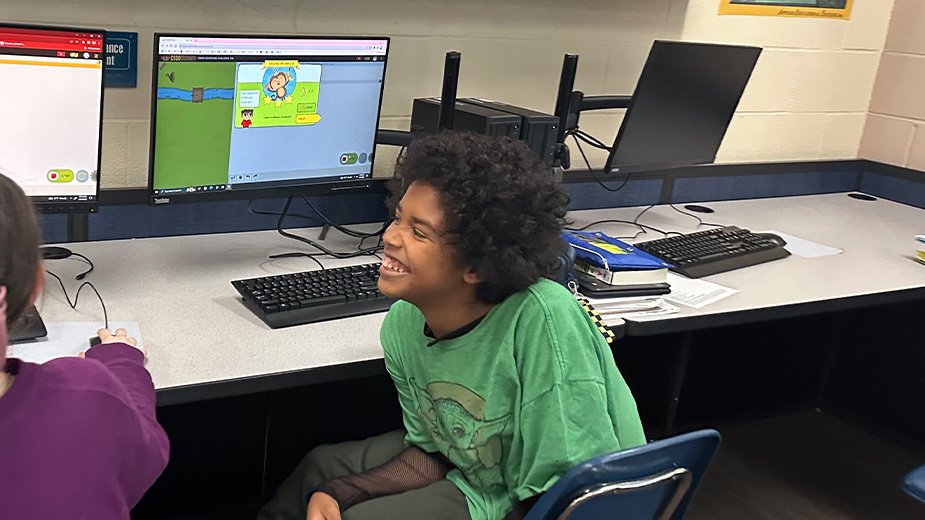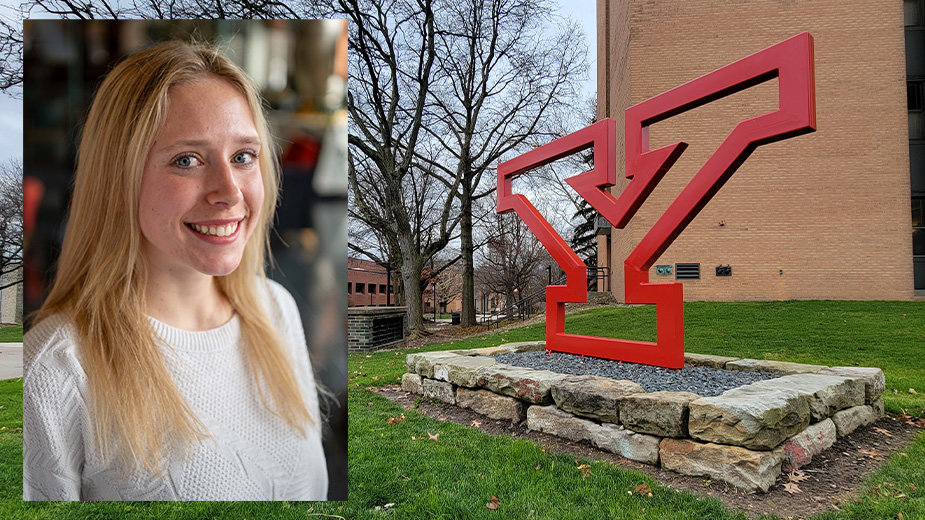Sebring Students Participate in Hour of Code Week
SEBRING, Ohio – Brad Kirkland, a STEM and technology teacher at Sebring Local Schools, set aside his ongoing curriculum in several of his classes last week to carve out time for the Hour of Code, an event dedicated to making coding more accessible to all skill levels.
The Educational Service Center of Eastern Ohio led the efforts locally, sharing access to a variety of coding tutorials and activities and providing coding certificates of completion to students participating in the weeklong initiative.
Code.org, the organization behind the Hour of Code movement, and many coding websites opened up their platforms to include free content for the week.
Students in Kirkland’s Robotics, Intro to Engineering, Carpentry 1 and 2 and Drones classes all participated and gained hands-on experience in using coding websites such as CodeMonkey, CodeCombat and Trinket, applying commands to generate responses through animation, games, simple drawings and more.
“We discussed the importance of coding, the different types of code and their various uses, including examples of using ‘if commands’ to switch on and off real-world applications,” Kirkland said. “And then we practiced using these sites’ formats to implement different types of code logic.”
To address the initial intimidation of coding and spark interest and creativity among his students, Kirkland began the lesson with a personal story of how his father used coding to create the first wireless meat thermometer more than a decade ago.
“He used an ESP 8266 WiFi chip that you can purchase on Amazon for less than $10, cut the wire of the meat thermometer that originally ran to a speaker in the thermometer’s circuit board, which is designed to sound off when the meat reaches a certain temperature, and then he rerouted it to the new microchip and programmed it with an if-then command, which signaled to his phone when the meat reached that temperature,” Kirkland said. “Once you understand how to create rules and apply simple commands using microchip boards, the world is your oyster.”
Kirkland followed in his father’s footsteps by experimenting with coding in everyday household activities, such as programming a digital soil moisture sensor to water his plants on command.
“I wanted students to grasp the endless possibilities of implementing coding beyond the computer and how we typically think it’s applied,” Kirkland said.
However, this isn’t the first time many of his students have been exposed to coding. Sebring offers two courses at the middle school level that introduce code, which include App Creators and Robotics, during which students learn how to program applications to function on tablets and use code to make robots move.
CREDIT: Sebring Local Schools.
Pictured at top: Quincy Taylor, a Sebring seventh-grader, enjoys playing coding games with his classmates as part of the Hour of Code event.
Published by The Business Journal, Youngstown, Ohio.



